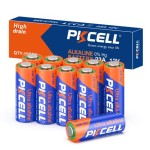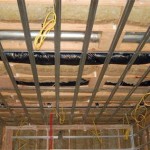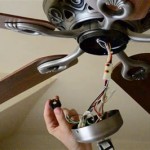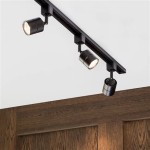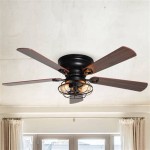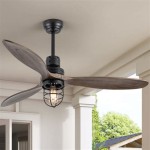How To Repair A Peeling Bathroom Ceiling
A peeling bathroom ceiling is a common problem that can be caused by a variety of factors, including moisture, humidity, and age. While it may seem like a daunting task, repairing a peeling bathroom ceiling is a relatively straightforward DIY project that can be completed with the right tools and materials. This article will guide you through the steps involved in effectively repairing a peeling bathroom ceiling, ensuring a durable and aesthetically pleasing finish.
Assessing the Damage and Identifying the Cause
The first step in repairing a peeling bathroom ceiling is to assess the extent of the damage and determine the underlying cause. Carefully examine the peeling paint, paying attention to the size and location of the affected areas. If the peeling is limited to a small area, it may be due to a minor issue, such as a small leak or improper ventilation. However, if the peeling is extensive, it may indicate a more serious problem, such as a major leak or a structural issue.
To identify the cause of the peeling, check for signs of water damage, such as water stains, discoloration, or mold growth. If you suspect a leak, it is important to identify the source and have it repaired before proceeding with the ceiling repair. After identifying the cause, you can choose the appropriate repair method and materials.
Preparing the Ceiling for Repair
Once you have assessed the damage and addressed any underlying issues, you can prepare the ceiling for repair. This involves removing any loose or peeling paint, cleaning the surface, and applying a primer. To remove loose paint, you can use a scraper or a paint remover. Be sure to wear gloves and protective eyewear during this process. After removing the loose paint, thoroughly clean the ceiling with a damp cloth and mild detergent.
After the ceiling has dried completely, apply a primer specifically designed for bathroom use. Primer helps to create a smooth and even surface for the paint to adhere to, preventing future peeling. Allow the primer to dry completely before applying the final coat of paint.
Repairing the Ceiling
The method of repairing the ceiling will depend on the extent of the damage. For minor peeling, you can simply patch the affected area with a patching compound. For larger areas, you may need to remove the existing drywall and replace it with a new sheet.
To patch a small area, apply a patching compound to the affected area, using a putty knife to smooth it out. Allow the compound to dry completely before sanding it smooth and painting over it. For larger areas, you will need to remove the existing drywall using a drywall saw or a utility knife.
After removing the drywall, install a new sheet of drywall using drywall screws and a drywall hammer. Ensure that the new drywall butts up against the existing drywall and is flush with the surrounding ceiling. Apply joint compound over the seams and screws to create a smooth surface.
Once the joint compound has dried, sand it smooth and prime the entire ceiling. After the primer has dried, apply the final coat of paint. Choose bathroom-grade paint that is mildew-resistant and moisture-proof. Apply two coats of paint for maximum coverage and durability.
Repairing a peeling bathroom ceiling is a relatively simple DIY project that can save you money and time. By following these instructions, you can restore your bathroom ceiling to its former glory and create a clean and healthy environment.

How To Repair A Peeling Bathroom Wall Or Ceiling Melanie Lissack Interiors

How To Fix Peeling Paint On A Ceiling Step By Guide

How To Fix Peeling Ceiling Paint Diy Youtube

How To Fix Flaking Peeling Bubbled Paint Bathroom Ceiling Diy Youtube

How To Fix Peeling Paint On A Ceiling Step By Guide

How To Fix Paint Peeling Off The Bathroom Ceiling Youtube

How To Fix Peeling Paint On A Ceiling Step By Guide

How Do I Fix Peeling Paint On Ceiling Home Painters Toronto

Repairing Peeling Paint In A Bathroom Youtube
How To Repair A Peeling Bathroom Wall Or Ceiling Melanie Lissack Interiors

